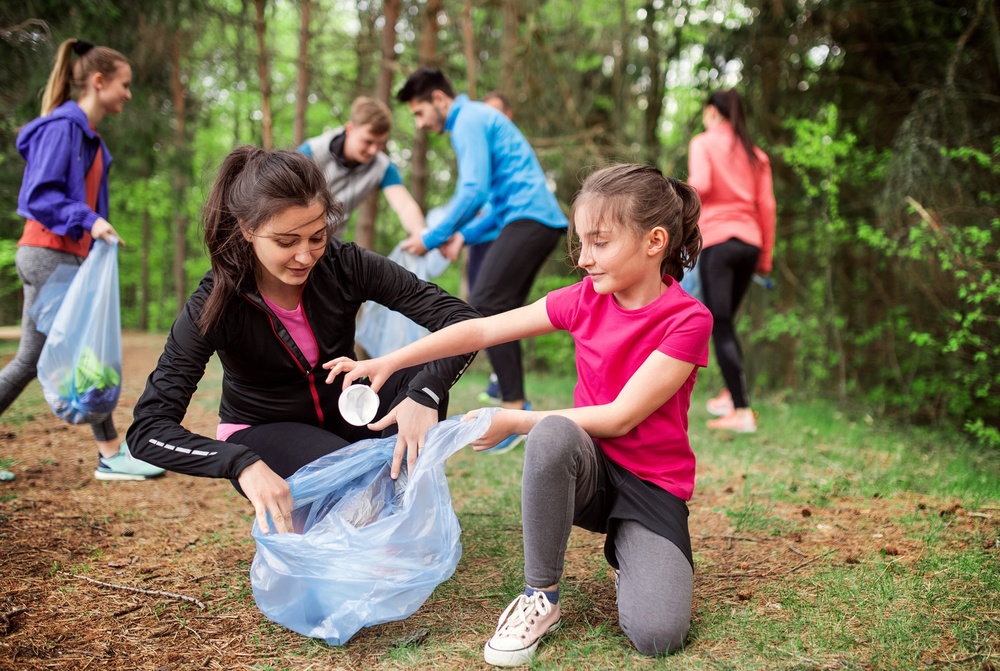2 Jan 2020
Community litter picking safety

Drug use with the UK and across the world has significantly increased over the past few years. With this increase, in often secluded areas such as parks and fields, authorities, charities and other similar organisations responsible for land management, struggle to cope with the resultant clinical waste, which has the potential to either seriously injure or endanger staff or volunteers.
These waste products, which are often difficult to see, have the potential to carry many types of blood-borne diseases such as immunodeficiency virus (HIV), hepatitis B (HBV) and hepatitis C (HCV). This makes community volunteer programmes, such as litter picking, hazardous without the correct training for staff or volunteers to work safely and manage this risk.
It’s vitally important that these projects continue, and leaders can make the difference in making this a safe and enjoyable activity by managing that risk.
Leaders of community projects need to ensure they have received training themselves on the risk that this type of waste poses, and then train their volunteers accordingly. A robust risk assessment ensures that the activity is planned and managed according to the type of volunteer and their capabilities.
The leader should ensure, prior to the activity taking place, that they have the following:
- Clinical waste disposal boxes
- Litter pickers
- Normal general waste bags
- Personal protective equipment including needle-proof gloves
- First aid kits
- Somewhere to wash hands after the activity has finished
The leader also needs to think about other safety issues. These would include: quality of light when picking, traffic, rest breaks, manual handling, and ultimately the disposal of all waste compliantly.
Reviewing the process step by step and then planning the activity, is the secret to ensuring a safe event, with a huge benefit for the local community.